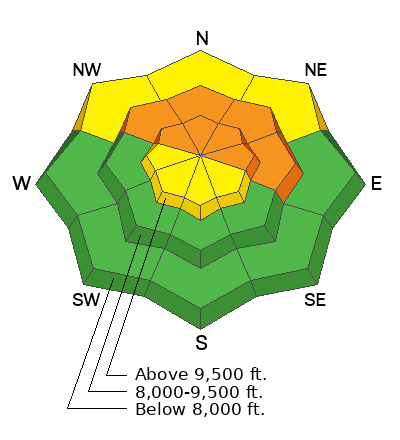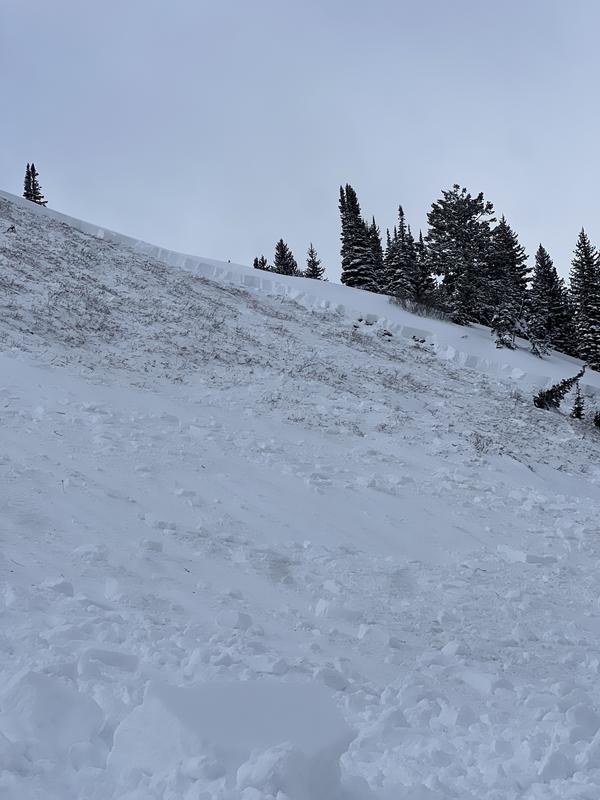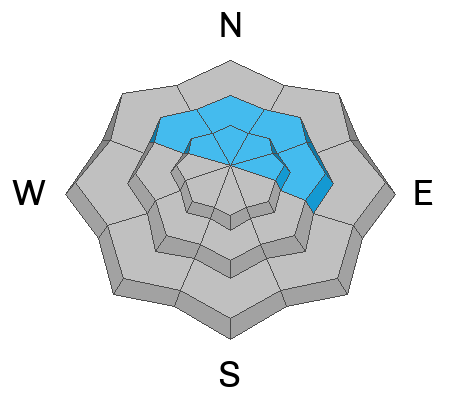Forecast for the Provo Area Mountains

Issued by Nikki Champion on
Wednesday morning, January 8, 2025
Wednesday morning, January 8, 2025
The avalanche danger is CONSIDERABLE at upper elevations and mid-elevation slopes facing northwest through north to east. Avalanches may be large and destructive, failing on a buried persistent weak layer 1–3+ feet deep, and potentially hundreds of feet wide. These avalanches can be triggered from a distance or below.
CONSIDERABLE means dangerous human-triggered avalanches are likely. Evaluate snow and terrain carefully, make conservative decisions, and avoid travel on or below slopes steeper than 30 degrees with poor snow structure. Lower-angled slopes offer good riding and travel conditions.

Low
Moderate
Considerable
High
Extreme
Learn how to read the forecast here









